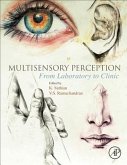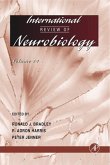All natural auditory signals, including human speech and animal communication signals, are spectrally and temporally complex, that is, they contain multiple frequencies and their frequency composition, or spectrum, varies over time. The ability of hearers to identify and localize these signals depends on analysis of their spectral composition. For the overwhelming majority of human listeners spoken language is the major means of social communication, and this communication therefore depends on spectral analysis. Spectral analysis begins in the cochlea, but is then elaborated at various stages along the auditory pathways in the brain that lead from the cochlea to the cerebral cortex. The broad purpose of Auditory Spectral Processing is to provide a comprehensive account of the way in which spectral information is processed in the brain and the way in which this information is used by listeners to identify and localize sounds.







